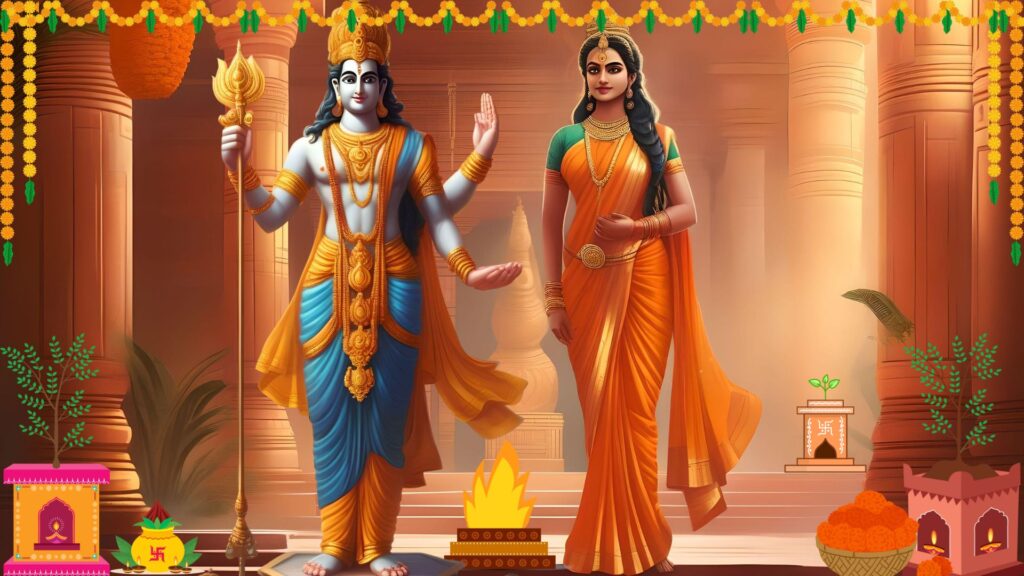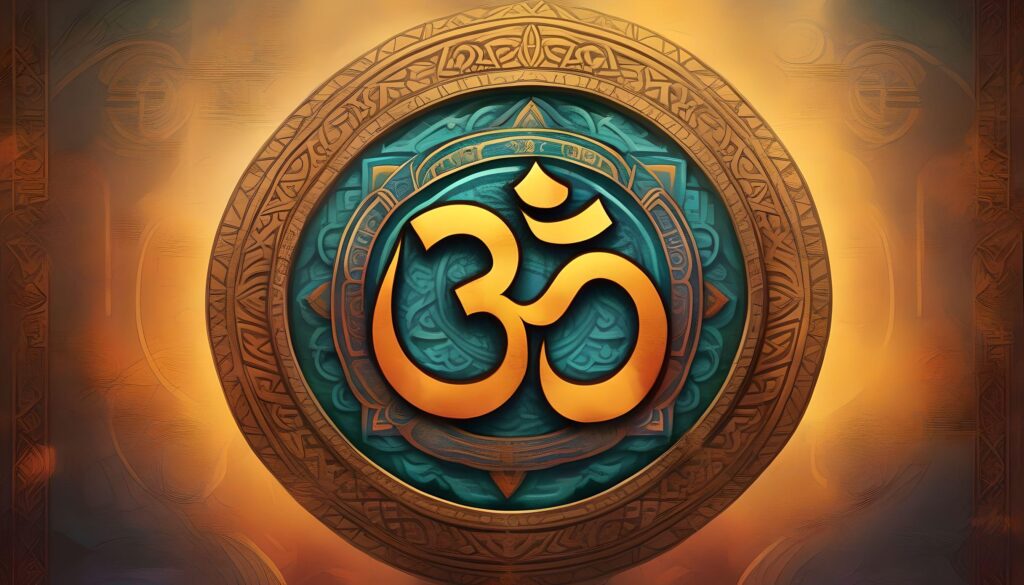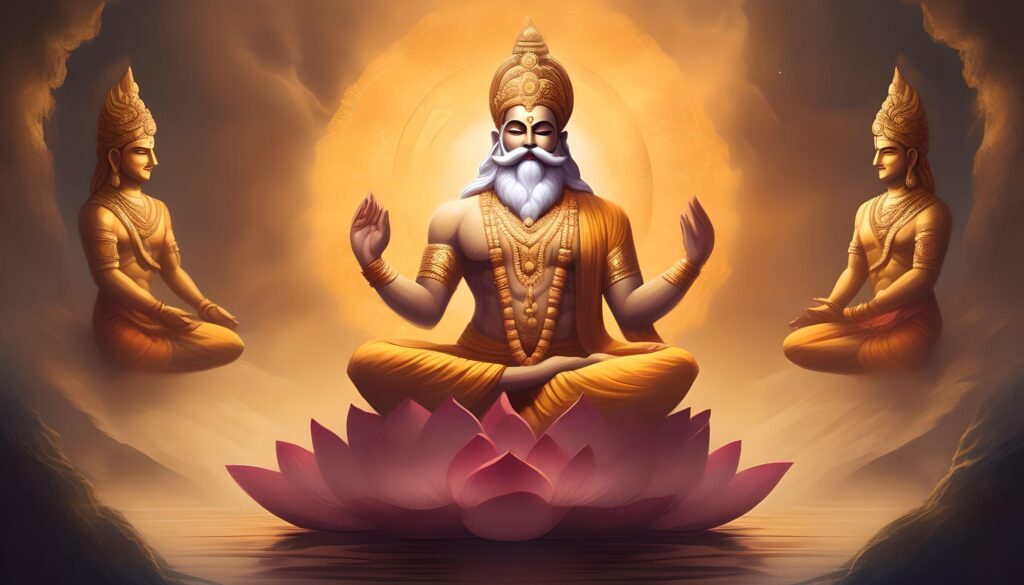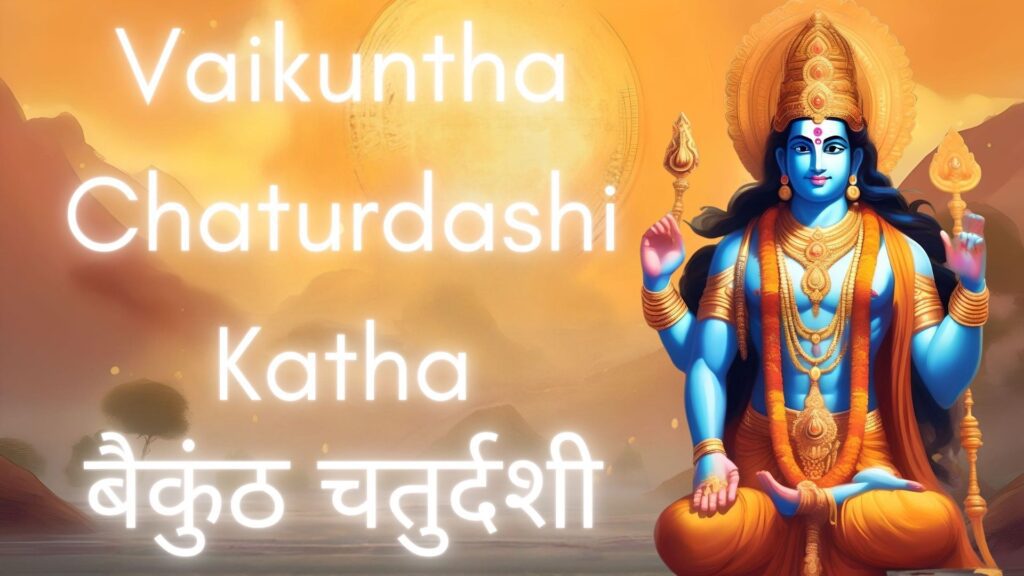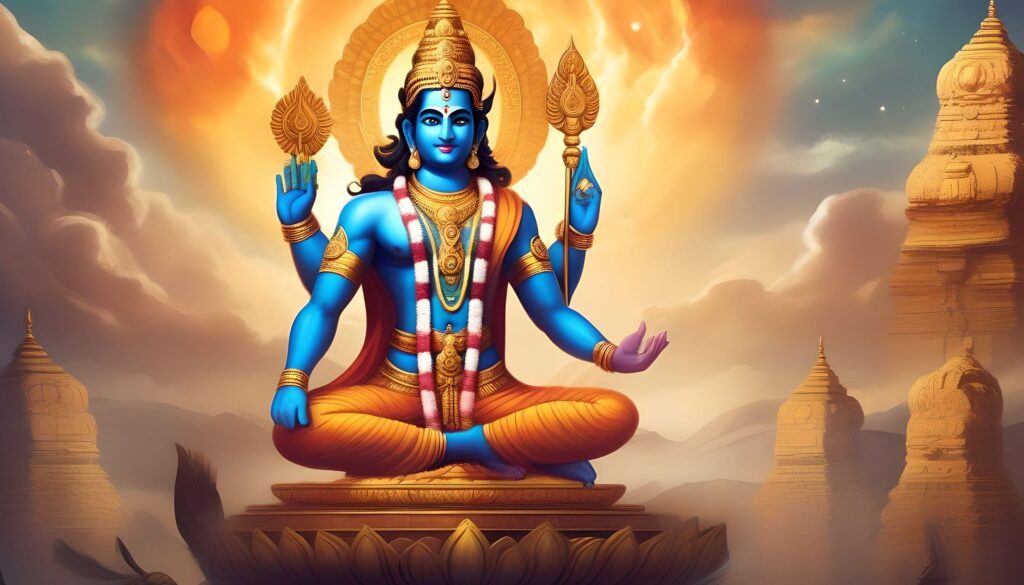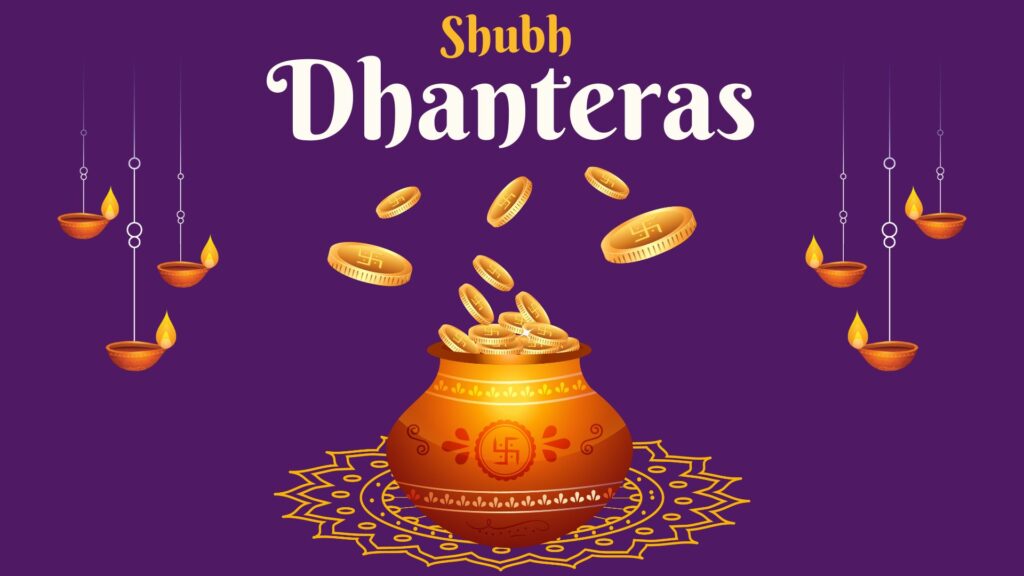Tulasi Vivah: The Sacred Union of Tulsi and Vishnu
A sacrosanct Hindu festival known as Tulasi Vivah, or the Wedding of Tulsi, commemorates the symbolic matrimonial union between the Tulsi plant (device basil) and Lord Vishnu. This ceremonial event is considered highly auspicious in Hinduism and signifies the onset of the wedding season. This article shall delve into the cultural significance, legend, and rituals associated with Tulasi Vivah.
Legend of Tulsi and Vishnu
As soon as Vrinda discovered the duplicity, she criticized Lord Vishnu vehemently and declared that his spouse would be subjected to the same separation from him that she had to endure with her own spouse. Devout devotee of Lord Vishnu Vrinda was wed to the formidable demon Jalandhara. As a result of Vrinda’s steadfast devotion, Jalandhara achieved impregnability.
Jalandhara eventually developed an intense admiration for the attractiveness of Parvati and vehemently petitioned Lord Shiva to relinquish her to him. This resulted in a conflict between Shiva and Jalandhara, during which Jalandhara deceived Parvati with his illusionary abilities. Nevertheless, Parvati escaped and beseeched the assistance of Lord Vishnu.
Vrinda condemned Lord Vishnu, upon discovering the deceit, that his spouse would experience the same separation from him that she had endured with her own husband. Vrinda self-immolated, a regrettable development; however, Lord Vishnu secured her rebirth on Earth as the revered Tulsi plant.
Significance and Celebration
Annually, during the period between Kartika Purnima (the full moon of the month) and the Prabodhini Ekadashi (the eleventh or twelfth lunar day of the radiant fortnight of the Hindu month of Kartika), Tulasi Vivah is observed. The precise date may differ between regions. The Hindu community attributes profound cultural and spiritual importance to the festival.
The matrimonial ceremony involving Tulsi and Vishnu is conducted with profound veneration and devotion. There is a belief that attendance at the Tulasi Vivah results in the absolution of one’s accumulated offenses. In Hinduism, the festival signifies the commencement of the wedding season and the conclusion of the monsoon season.
Rituals and Customs
Numerous customs and rituals are observed during the Tulasi Vivah, which imitates a traditional Hindu wedding. Commencing the ceremony’s preparations is the placement of the Tulsi plant in a designated space, such as a garden or a room within the residence. The plant attains maturation after three years; at that point, the wedding ceremony can commence.
A mandapam, which serves as a matrimonial stall, is erected encircling the courtyard where the Tulsi plant is planted on the day of the ceremony. The newlywed, Tulsi, is elaborately embellished with a saree, jewelry, and accessories, which collectively represent the embodiment of the goddess Lakshmi. The prospective spouse may be symbolized through a Shaligram stone, a statue of Lord Vishnu, or an image of Krishna.
The matrimonial rites initiate with the bride and groom being alighted in the mandapam. A A ceremony that instills tranquility and harmony is initiated with shanti-vidhana. The presence of four erudite Brahmins, symbolizing the positions of Brahma, acarya, rishi, and priest, is indispensable. Mandala-ghat, an auspicious waterpot, is constructed in observance with Vaishnava rituals.
The primary wedding rites consist of the following: the exchange of garlands; sindoor (vermilion) anointing for the bride; the mangal sutra (sacred thread) being fastened around the bride’s neck; and the fabric of the bride and groom being tied together to symbolize their union. Subsequently, the couple enters into matrimony by jointly performing seven symbolic steps, which symbolize the seven sacred pledges of marriage.
Regional Celebrations
Tulasi Vivah is commemorated in India with profound enthusiasm and devotion. An examination of several distinctive regional iterations of this festival is warranted:
Bihar
Tulasi Vivah is an annual three-day ceremony that takes place in the Saunja village of Prabhu Dham, Bihar. Villagers participate in the celebrations by reciting the Ramcharitmanas or the Ramayana in Vedic style. A magnificent procession known as Sobha Yatra occurs on the second day, during which a unique prasad called Pongal is presented. The matrimonial union of Vishnu and Vrinda takes place on the third day, which is referred to as Tilakotsava and Vivahotsava. Additionally, on this day, 56 varieties of prasada, known as Chapan Bhog, are distributed.
Maharashtra
Wedding ceremonies are performed with great pomp and magnificence in Maharashtra. An integral component of the ceremony entails the recitation of the Mangal Ashtaka mantras while the bride and groom are joined by a white fabric. The congregation applauds as rice and vermilion are ceremoniously bestowed upon Tulsi and Vishnu. The Mangal-sutra wedding necklace, saris, turmeric, and vermilion are utilized to adorn the bridal. Even the prasada that is prepared for a traditional wedding is also prepared for Tulasi Vivah.
Gujarat
Two Rama temples in Saurashtra, Gujarat, perform elaborate rituals in observance of Tulasi Vivah. From the shrine of the groom, a barat (bridal procession) is dispatched to the temple of the bride. The betrothed, symbolized by a devotee performing songs and dances, is escorted in a palanquin while adorned with an image of Vishnu. The temple then conducts the ritual matrimonial union, during which Tulasi is deposited in an earthen receptacle. The villagers enthusiastically partake in the celebrations.
Andhra Pradesh and Telangana
Tulasi Kalynanam, also referred to as Tulasi Vivah, is observed on Utthana Dwadashi or Kartika Shukla Dvadashi in the states of Andhra Pradesh and Telangana. Tulasi is adorned in the fashion of a newlywed, while an altar bearing the image of Vishnu is adorned with ornaments. Various varieties of Upachara, including the Shodashopachara, are utilized in the performance of the puja. Praises and bhajans are recited by devotees in order to obtain prosperity and divine favor.
Benefits and Significance
The Tulasi Vivah ceremony is thought to confer a multitude of advantages upon individuals who partake in it or witness it. Extremely favorable outcomes are associated with the cultivation and veneration of the Tulsi plant, which promotes both material prosperity and metaphysical growth. It is said that by observing the sacred union of Tulsi and Vishnu, one’s essence is purified and accumulated sins are eliminated. Additionally, it is believed to foster contentment and harmony among married couples and strengthen matrimonial bonds.
Conclusion
The magnificent Tulasi Vivah festival commemorates the sacred union between Tulsi and Vishnu. The festival’s rituals and customs serve as evidence of the profound cultural and spiritual importance that Hinduism possesses. Devotees engage in the Tulasi Vivah ceremony with the intention of obtaining blessings, prosperity, and everlasting pleasure. Honoring the divine love between Tulsi and Vishnu, may we wholeheartedly embrace the sanctity of this festival.
Additional Information:
- Tulasi Vivah is frequently performed by married women in an effort to attract the good fortune and success that accompany matrimony.
- The Tulsi plant is revered and its purported therapeutic attributes are regarded as sacrosanct.
- Numerous Ayurvedic preparations, religious rituals, and petitions incorporate tulsi leaves.
- Tulasi Vivah is observed not solely in India, but also in other nations where the Hindu population is substantial.
- In Hinduism, the festival represents the significance of devotion, chastity, and faith.
TulasiVivah #Tulasi #vishnu #marriage #Vivah #KartikaPurnima #Kartika #Purnima
